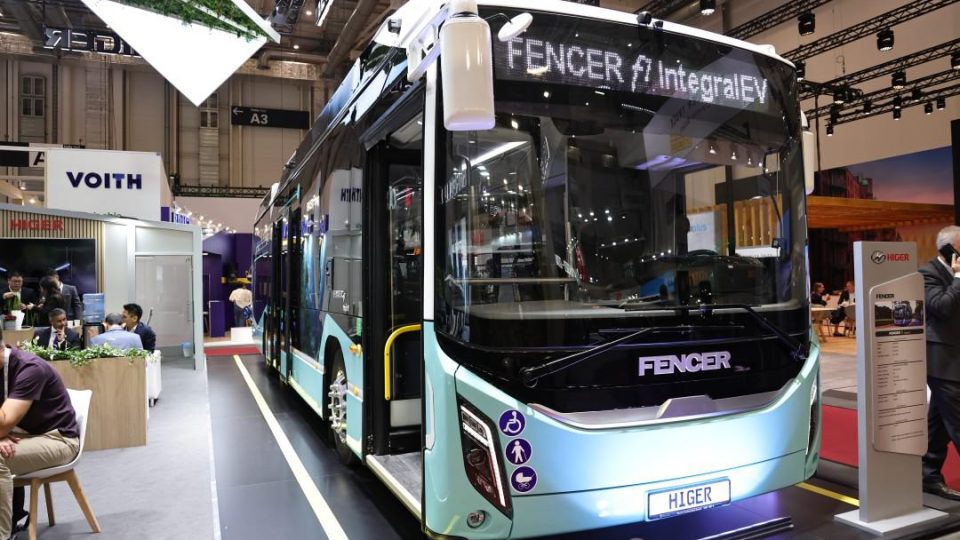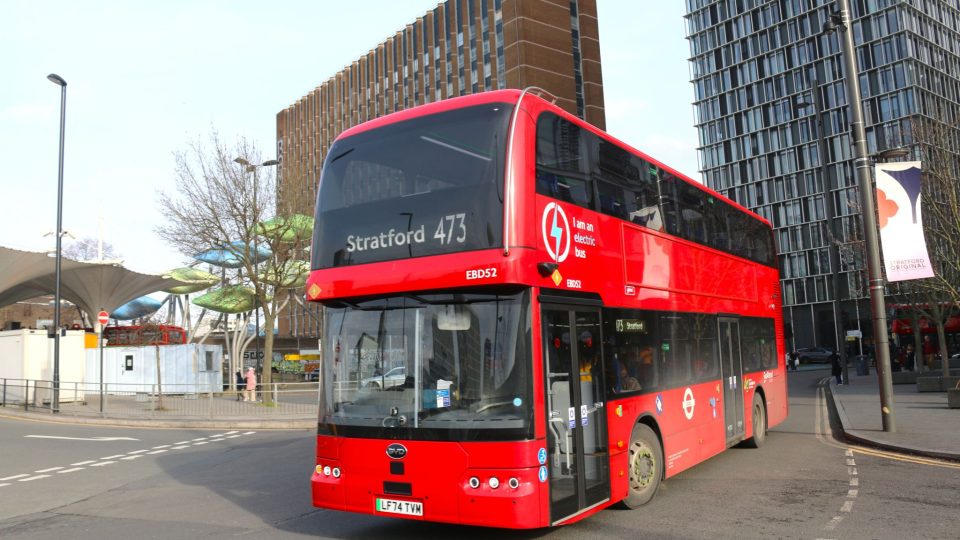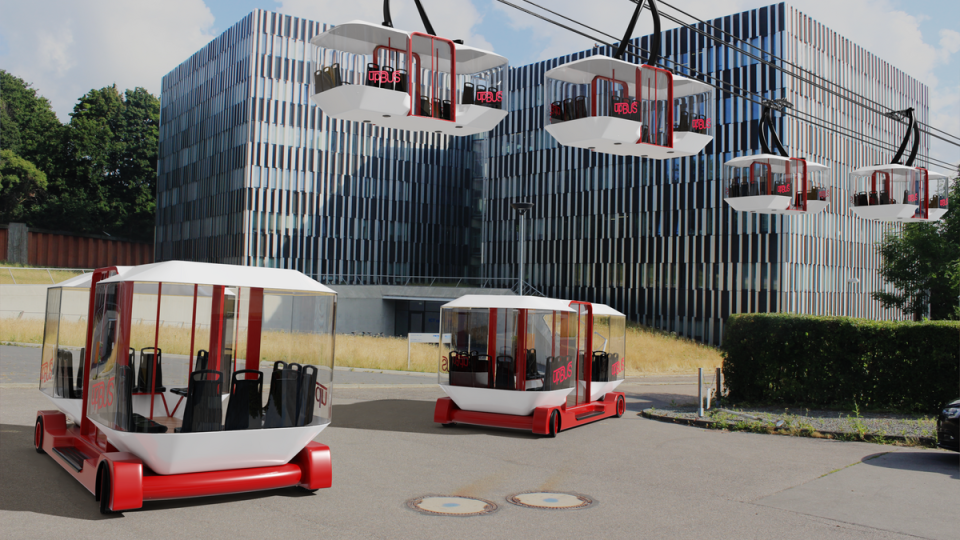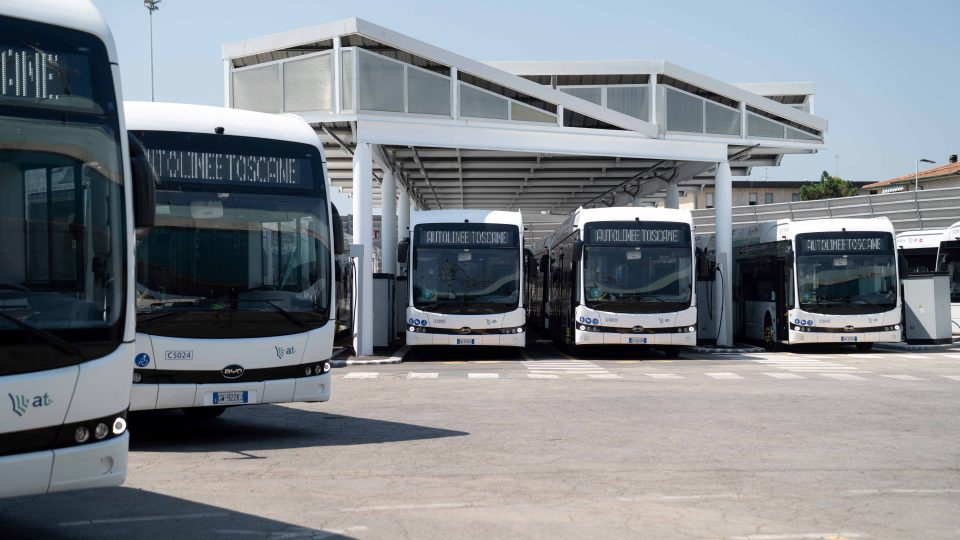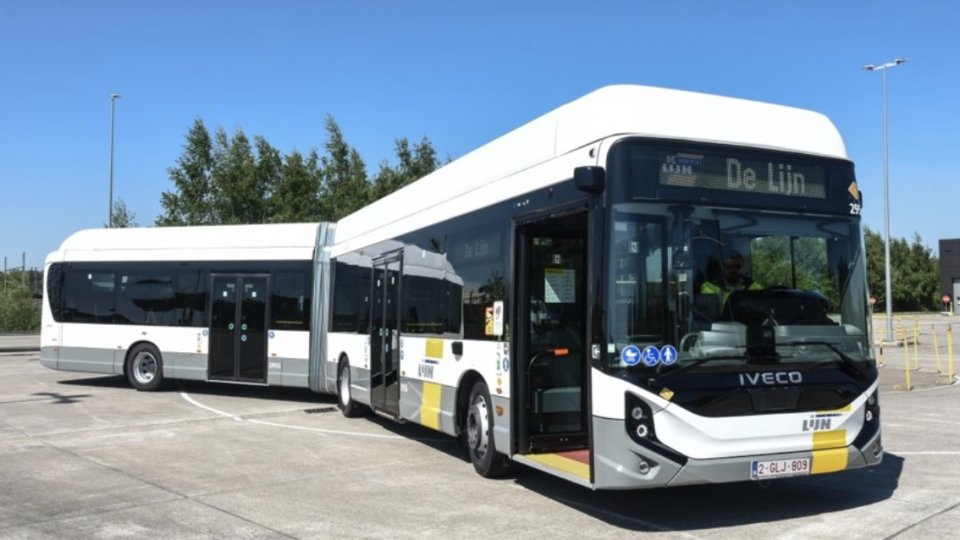New trolleybus line now operational in Nancy (France)
On 5 April 2025, at 14:30, the transportation network of the Nancy urban area STAN (Rèseau de Transport de l’Agglomeration Nanceienne – Keolis group) inaugurated the new T1 trolleybus line in Nancy (104,400 inhabitants in the urban area, 420,000 inhabitants in the conurbation). The new trolleybus system replaces the TVR (Transport sur Voie Réservée), which came […]

On 5 April 2025, at 14:30, the transportation network of the Nancy urban area STAN (Rèseau de Transport de l’Agglomeration Nanceienne – Keolis group) inaugurated the new T1 trolleybus line in Nancy (104,400 inhabitants in the urban area, 420,000 inhabitants in the conurbation).
The new trolleybus system replaces the TVR (Transport sur Voie Réservée), which came into service on 8 December 2000 and which in turn replaced the previous trolleybus network. The TVR stopped on 12 March 2023, to allow the new trolleybus to be built. The upgrade took 18 months to replace the previous overhead line and to remove the TVR’s track.
Nancy: a new trolleybus line
The conversion of the TVR line into a trolleybus line cost a total of € 47 million, approximately € 4.8 million per km.
The new T1 line stretches 9,780 metres, is in service from Essey Mouzimprè to Vandoeuvre Brabois – Hopitaux, largely follows the route of the TVR system and has 23 stops in addition to the two terminuses, Some sections are without an overlead line, particularly in the city centre, which are travelled without problems by the new Hess trolleybuses.

The overhead line is present on three line sections: – Brabois – Montet Octroi, about 3 km long, Jean Jaurès – Mon Desert , of about 0.7 km, and Division de Fer – Essey Mouzimpré, of about 3 km.
An extensive timetable for trolleybuses in Nancy
The service timetable is quite extensive. The first departure from Essey is at 4.00 am, from Vandoeuvre at 4.50 am. The last departures are at 0.15 from both Essey and Vandoeuvre. During the week from Monday to Friday, including school weeks (green period), there is a departure every 7-minute between 5.30 a.m. to 7 p.m., and a 10-minute service from 7 p.m. to 9 p.m. On Saturdays (blue period), the timetable is more varied: an 8-minute service from 6 a.m. to 12 p.m., a 6-minute service from 12 p.m. to 7 p.m. and a 10-minute service from 7 p.m. to 9 p.m.
On Sundays and public holidays (pink period) the first departures are delayed by 40 minutes, so there is a departure every 15 minutes until approximately 12/12.30 p.m., then every 10 minutes from 12 noon to 9 p.m. A complete service, which makes T1 one of the main strengths of the network.
Hess trolleybuses in Nancy
The vehicles chosen are the Lightram.25 DC from Hess, for an investment of €35 million; large-capacity vehicles, they have double articulation for 24.4 metres in length, and are equipped with battery packs for progressive recharging in line; off-wires running allows them to overcome stretches without the presence of line, such as in the centre of Nancy.
The trolleybuses, which belong to the latest generation and already feature the new Hess design, are equipped with a low floor, an insulated driver’s cab, integral air conditioning, public address systems via video and screens, and 18 USB sockets per vehicle.
The configuration chosen by STAN provides space for up to 154 passengers, including four seats for persons with reduced mobility, two seats for the disabled and one space for pushchairs. The space for pushchairs is located in the second module and accessible from the second door (marked with a drawing of pushchairs).
Bicycles are allowed on board the trolleybuses according to the usual access conditions: accessibility is limited during off-peak hours, in the rear area, boarding from the last door) and a maximum of 2 per trolley are allowed. Please note that bicycles must be kept by the owner.
The stops have been designed to be barrier-free and to allow flush access, and are equipped with the equipment provided by STAN, such as network plans and ticket machines. Traffic lights and traffic planning measures are also planned to increase the commercial speed of the line.
The inauguration of the new T1 line entailed the discontinuation of the A line, in practice the replacement line, with the withdrawal from service of the articulated diesel buses and the return of three lines, T3, T15, T 16, to Boulevard Joffre, once the trolleybus installation and urban redevelopment had been completed.
Keolis has been operating STAN since 1 January 2019, always with the aim of continuously improving the quality of service. Today, the STAN fleet consists of 198 vehicles, of which 102 articulated, 78 12-metre, and 18 minibuses; except for 5 electric minibuses, the entire fleet is powered by natural gas.
The conversion of the TVR line into a trolleybus is an important choice, proving how competitive a trolleybus system can still be. Incidentally, and this is no small thing, STAN, in order to bring citizens closer to public transport, provides free access for everyone, every Saturday and Sunday of the year. Young people under 18 years of age who live in one of the 20 communes of the Métropole de Grand Nancy (Art-sur-Meurthe, Dommartemont, Essey-lès-Nancy, Fléville-devant-Nancy, Heillecourt, Houdemont, Jarville-la-Malgrange, Laneuveville-devant-Nancy, Laxou, Ludres, Malzéville, Maxéville, Nancy, Pulnoy, Saint-Max, Saulxures-lès-Nancy, Seichamps, Tomblaine, Vandœuvre-lès-Nancy, Villers-lès-Nancy) can travel free of charge provided they hold and validate their free season ticket each month, which can be renewed until they turn 18 years of age.
by Stefano Alfano

